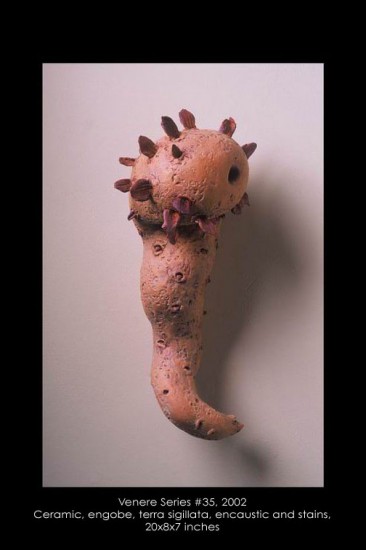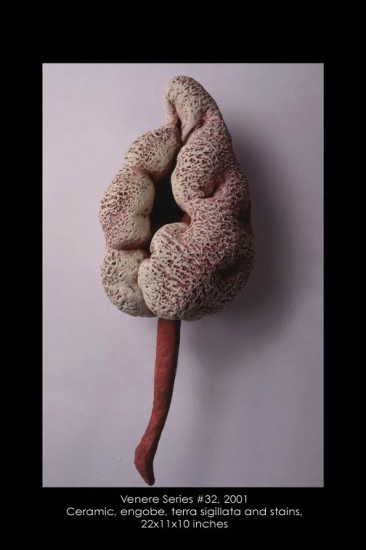Munusculi tantilli – Very small gifts.
About ninety percent of all trees and plants are engaged in life supporting symbiotic exchanges with microscopic fungi at the cellular level in their root systems. Lichens are fungi which host single celled cyanobacteria or algae. Cells of green plants contain chloroplasts, which may also have been cyanobacteria eons ago. The mitochondria of each our own cells may have once originated from a different life form as well.
Life, our human life, is dependent on the tiny gifts of tiny lives. We cannot see most of these organisms, yet they surround us. They are beautiful. Fascinating transparent layers of activity, sheer textures, whispered patterns, organelles and organisms within organism create beautiful forms.
The works of Munusculi tantillum are inspired by the gifts of form and function which surround us, unseen.



















